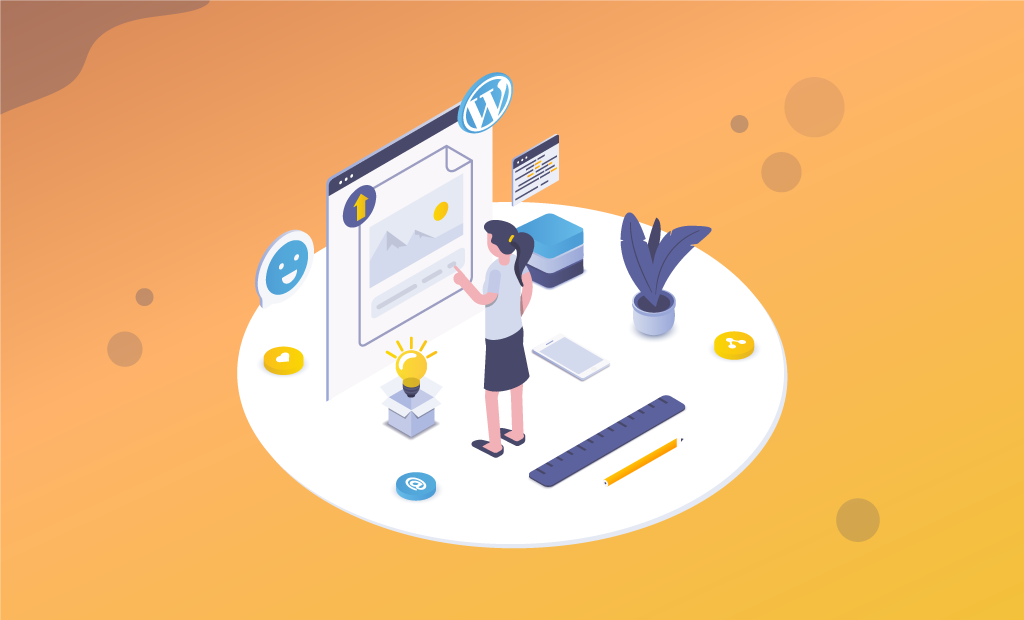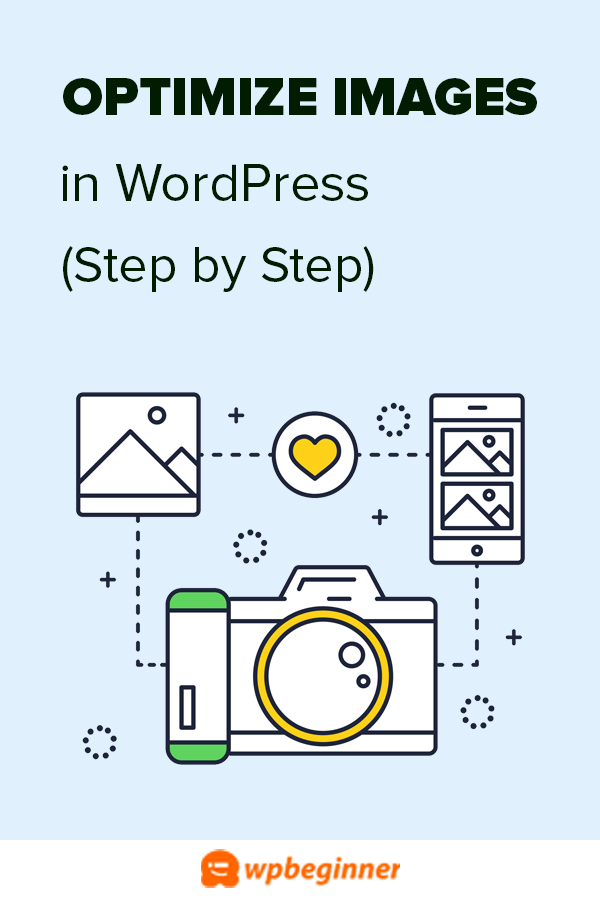
Well, they are the first thing people see on your site, and they’re what defines the look and feel of your brand. I know, you’ve probably heard that you should always optimize your images. With that first part out of the way, perhaps I should stop revealing the secrets of the SEO trade and move on to the juicier part of this post WordPress image optimization plugins! 1.Are you looking for the best image optimization plugin for your WordPress site? You can throw in a keyword or key-phrase into the alternate text and watch as your SEO soar. While the alt attribute should be used to hold alternate text for an image (should the image fail to load for one reason or another, the alternate text is shown in its place), you can use this attribute for SEO purposes.

title of image and the contents of the alt attribute) to classify and ultimately rank the image. They rely on information attached to your image (e.g. Search engines spiders do not see your images the same way human readers do. Always Add the ALT attribute to Your ImagesĪdding the alt attribute to your images does not make your WordPress website faster, but it’s definitely good for your SEO campaign. As opposed to loading several images (which takes time), Sprites will load a single image, saving you a lot of seconds in page load time. Sprites, a fairly-known CSS technique, allows you to use a single image to achieve different designs across your website. The process involves stripping your images of complimentary data such as gps coordinates, type of camera used and creation date among others. Smushing will reduce the size of your images considerably. Just don’t make your images bigger than you really need. If you can make the image smaller and re-size it to 300 x 300 using HTML without compromising the quality, the better. If you want to display a 300 x 300 image for instance, make sure the image measures 300 x 300 prior to uploading. If you upload crazy-big images and later re-size them using HTML, I believe you’re wasting time and slowing down your WordPress site all at the same damn time. Technically speaking, naming your images properly has no effect whatsoever on site performance, but it’s good for SEO. For SEO: If you’re working with keywords, it would be great to include a keyword in the title of your image.ĭon’t upload your images looking like PHOTO101.jpg or something similar, name all your images appropriately. Moreover, properly named images are easier to track and find. The reasoning here is quite simple: Properly named images will come up in Google Images search results, which gives you a huge boost in traffic. You need to name your images like a marketer – or with SEO in mind.

You add alt and title attributes to your images (Great for SEO).You smush your images (Reduces the size of your image files).Images are the right size (Why upload a huge file when a smaller one can do the trick?).Your images are named appropriately (Great for SEO).Optimizing WordPress images for best performance and SEO goes beyond just plugins.
Optimize images wordpress how to#
How to Optimize Images for WordPress (Prior to Uploading)īefore looking at WordPress image optimization plugins, let’s get a few things out of the way. If you click a link and complete a purchase we could make a commission. We always look forward to that 🙂ĭisclaimer: WPExplorer is an affiliate for one or more products listed below. Enjoy the post and share your thoughts (or anything else really) in the comments. I mean, what’s the point of having a super-fast website that has crappy image SEO? In addition, you will discover helpful image optimization plugins that will improve the performance of your beloved WordPress site. Today’s post will show you how to optimize your images for best site performance and SEO purposes. You’re losing UX and SEO points left, right and center and your online business is bearing the brunt of it all. And if you have heavy images on your site, you probably haven’t optimized the same for search engines. A website with non-optimized images is a complete drag, and it will eat up your precious bandwidth, slow down just about everything and ruin the user experience (UX).Įvery website owner should strive to provide the best user experience to their visitors at all times. Using heavy images that take ages to load isn’t how you deliver a streamlined user experience.


 0 kommentar(er)
0 kommentar(er)
